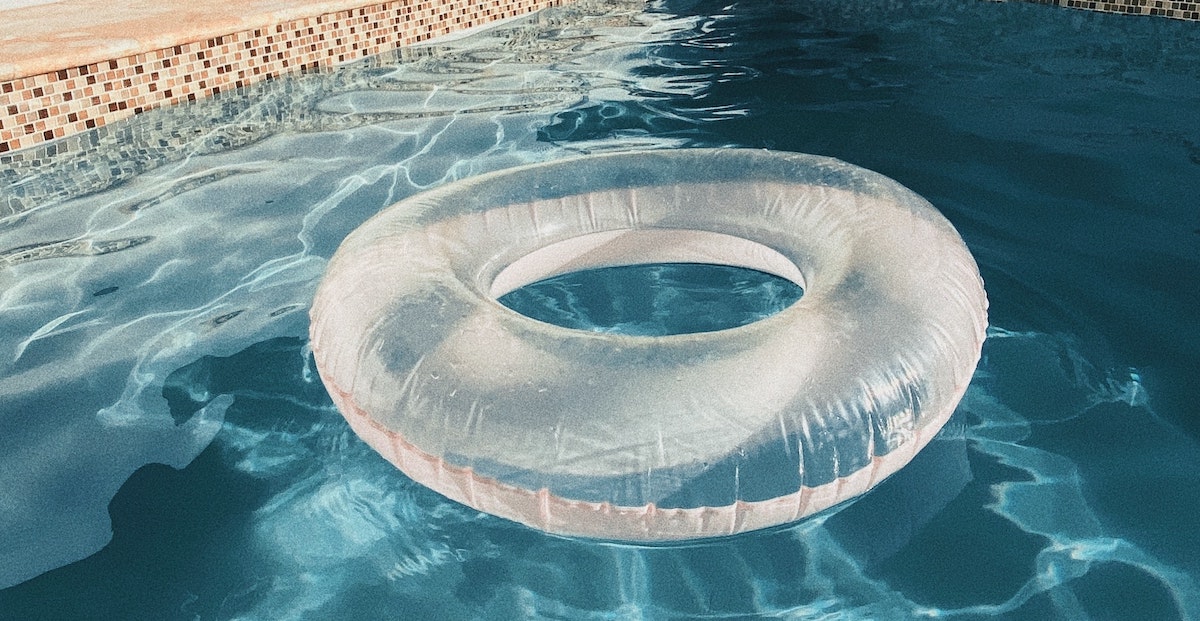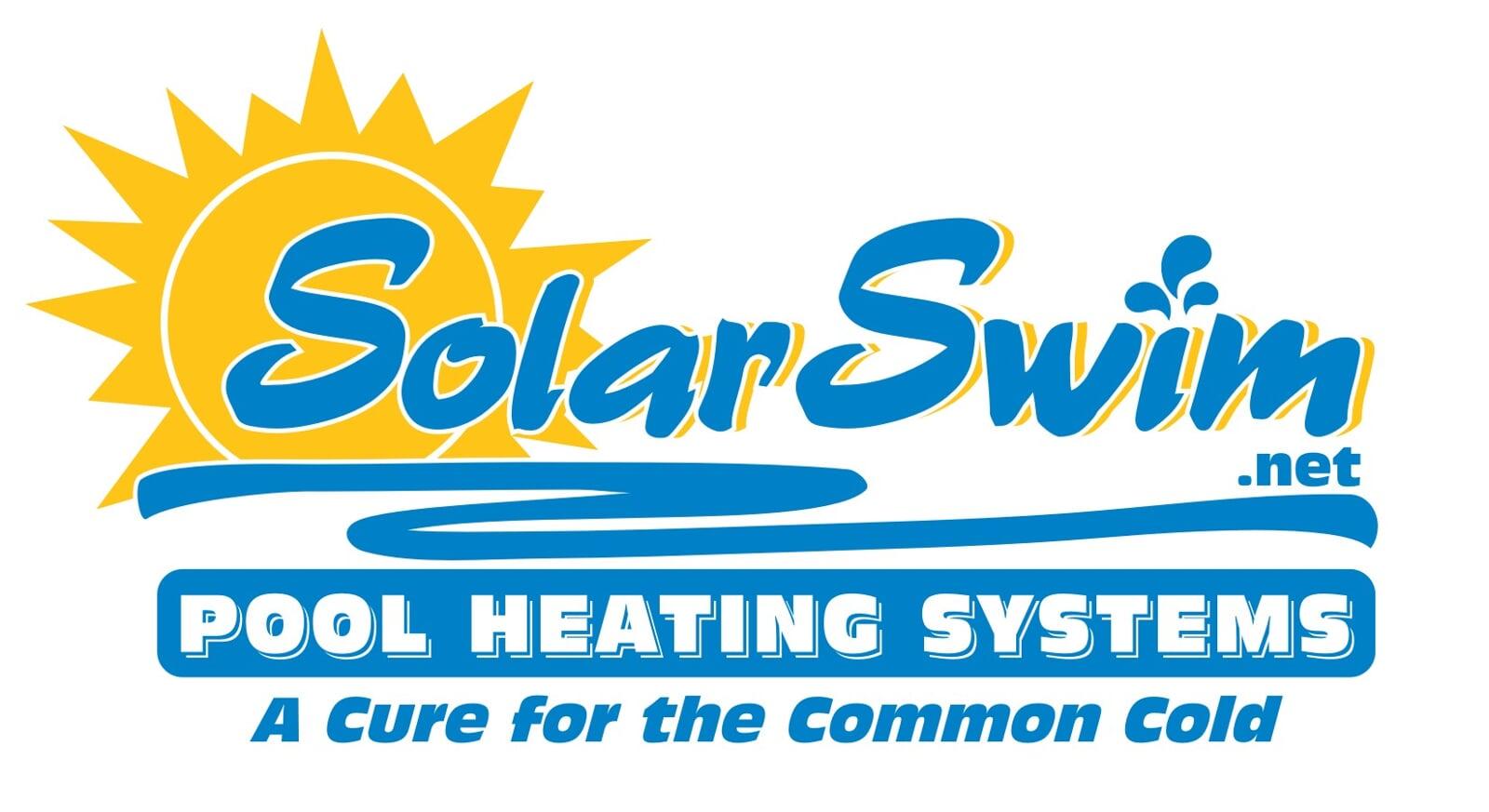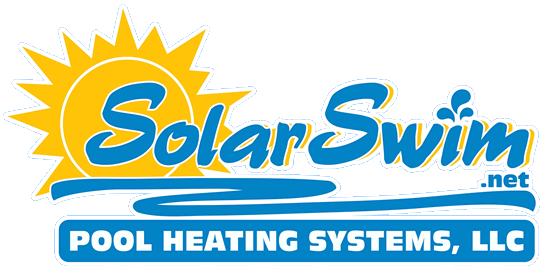
The absolute most efficient pump designs in use today employ some variable speed capabilities and the highest efficiencies can be coaxed from these pumps particularly when using a solar heating system.
Pump speeds are pre-set for solar/on and solar/off. During periods of solar/off such as cloudy mornings, rainy days or times when the pool is holding temperature, these pumps speeds must be manually set based upon a physical observation of the skimmer weirs. (The weir is the one way gate that floats in the skimmer allowing bugs and debris to enter into the skimmer but not float out) The slowest possible speed at which the skimmer weirs are working is the optimum low speed setting. When the demand for solar heat presents itself then these pumps are designed to ramp up the flow to another higher, yet optimized flow rate to match both the filter and flow capacity of the solar heating system. Aside from the increased cost of installing these pumps and control units and programming them to work together, this is the single most efficient way to run a solar heated pool.
In my own case I have the pump set to 1850 rpm with solar off, and this is just enough to get the skimmer weirs working and then it ramps up to a still very efficient 2850 rpm when the solar system kicks on. 2850 rpm yields approx 75 gpm and since I use 2 inch pipe for the solar system with a max flow rate of 73 gpm, this is the optimal speed and power level for my particular application. Single-speed energy efficient pumps can be used which will present savings close to but not quite as much as the variable speed pump. When one looks at the cost difference of purchasing and programming a variable speed pump vs. an energy efficient single speed pump, the difference in savings per year would require in excess of a 10year period to recover the additional costs of a variable speed pump. So as much as the variable speed variable flow and programmable pumps are the state of the art in operational efficiency, in real world analysis, the single-speed, optimized energy-efficient pump is the hands-down winner of this contest due to the greatly reduced cost to purchase these pumps and the fact that they do not need any special programming inputs or electronic controls.
The newest development in energy efficient variable speed/variable flow pumps has been the addition of onboard controls. Not having to purchase, install and program a separate pump controller narrows the playing field a bit. Powerful VSVF pumps are now less expensive to purchase and easier to setup. Almost anyone can now purchase, install and program their own VSVF pumps. But without real-world knowledge of the intricacies of a filtration system and no training in hydraulics, I suspect that these do it yourselfers will not see any real energy savings by tending toward higher pump speeds and flow rates than their filter and manifolds can handle and by not optimizing their flow for any one intended purpose. The case against 2HP pumps has a new kid on the block.


